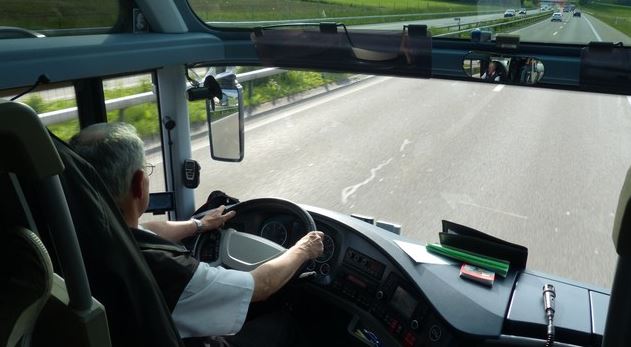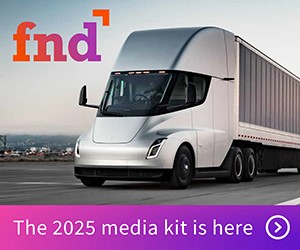Improving Vehicle Safety on the Road and On-site

Brigade Electronics discusses how improving safety both on the road and on-site is crucial to saving lives
Whether it’s protecting vulnerable road users or ensuring your workforce doesn’t come to harm, improving safety standards should always be number one priority for those operating large vehicles and machinery. Corey Heniser, a vehicle safety expert at Brigade Electronics INC, discusses how improving safety both on the road and on-site is crucial to saving lives.
Brigade Electronics: improving vehicle safety on the road and on-site
According to the World Health Organization, road traffic crashes now represent the eighth leading cause of death globally, claiming more than 1.35 million lives each year and causing up to 50 million injuries. Alongside this, it also reports that construction, agriculture and mining are among some of the highest-risk work populations in the world with many injuries and fatalities caused by moving vehicles or machinery. Yet all incidents are preventable.
Appropriate measures for vehicle and machinery safety are crucial to addressing issues both on and off the road. Putting sensible precautions in place is clearly important, however, how these should be integrated into a company’s safety policy and communicated to drivers, operators and other employees is essential to ensuring they remain effective.
Training ingrains key safety principles
Thorough training is an essential first step to maintaining safety both on and off-site and instilling a unified and clear safety policy in employees across the business. Effective training will help workforces to familiarize themselves with potential hazards, understand how to react if the unexpected happens and carry out thorough risk assessments before embarking on potentially dangerous projects or operating in difficult conditions.
Specialist courses, comprehensive classroom training and regular refreshers will provide practical learning experiences for employees, which will help equip them with the essential information to maintain safety to the highest possible standards and avoid preventable incidents from occurring.
Vehicle technology
Due to vehicle blind spots, maneuvering vehicles at low speeds is one of the most common causes of deaths and injuries to pedestrians and other vulnerable road users. Likewise, ground workers operating on noisy sites in difficult conditions, often with reduced visibility, are also at extremely high risk of being hit by moving vehicles and machinery.
The introduction of commercial vehicle safety systems has helped to improve safety records on roads as well as across multiple industries including construction, agriculture, mining, quarrying, shipping, and aviation.
Depending on the vehicle type and use, there are multiple technology solutions that can be fitted to enhance safety. For example, vehicle-mounted 360-degree cameras, such as Brigade’s Backeye360®, provide operators with a birds-eye view around their vehicle at all times, which they can monitor via an in-cab display. Extremely wide-angle lenses on the systems’ cameras provide a comprehensive view of the area surrounding the vehicle that even large mirrors cannot match, completely eliminating blind spots.
Meanwhile, radar obstacle detection, which employs continuous-wave radar technology, can detect moving or stationary objects around the vehicle delivering an audible and visible alert to the vehicle operators, allowing them to act accordingly.
These are just two examples of how vehicles and machinery can be made safer with technology. There are numerous options to choose from and specialists, like Brigade Electronics, will be able to advise on the best and safest devices to meet requirements.
Practical solutions to improving safety
Alongside training and vehicle technology, making real changes to the working environment will help to mitigate the chances of an incident occurring. For example, adapting the time of day particularly hazardous work is carried out e.g. so it’s undertaken during daylight hours, or limiting the number of people on the ground while vehicles are operating, are a couple of ways to help prevent collisions and improve awareness.
Safety first
Safety culture comes from the top. Therefore, it is essential to instill clear and consistent safety messages. This is key to fostering a safety-first culture among workforces and ensuring everyone, whether driving a vehicle on the road or operating machinery on-site, is fully aware of best practice policy and procedure.
Category: Driver Stuff, Equipment, Featured, Fleet Tracking, General Update, News, Safety, Tech Talk










